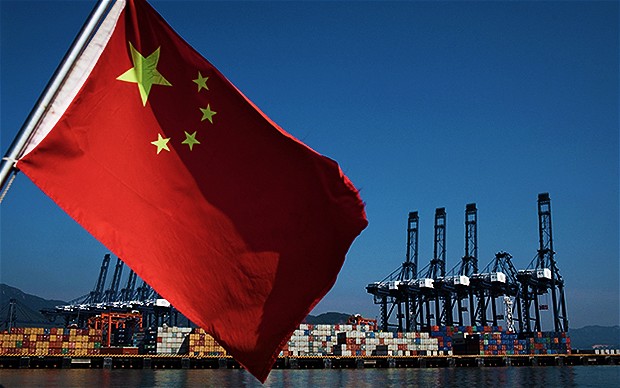
Were China's commodity imports in July a continuation of the trend of robust growth, a pause from the recent strength, or early signs of a slowdown?
When numbers aren't unequivocally pointing in the same direction it often becomes possible to interpret them in different ways.
Take the following three quotes from respected analysts in the wake of Tuesday's July trade figures.
1. "China's imports of commodities for July came in better than expected, with the normal seasonal downturn seemingly delayed for another month."
2. "China's July commodity import numbers were a mixed bag as year-on-year growth in energy commodity imports remained strong while iron ore dipped and copper remained steady."
3. "China's commodity import volumes were generally weak in July. High stocks of many commodities and growing domestic production dampened demand for imports. What's more, the prospect of cooling domestic demand points to further weakness ahead."
There is nothing wrong with a diversity of views when it comes to analyzing the state of the market in the world's biggest buyer of commodities, but it doesn't help in offering a definitive picture.
The safest route is to acknowledge that July's data was somewhat mixed, but this by itself isn't enough to call an end to the positive story of China's commodity demand so far this year.
Crude oil provides a good example of the mixed view, with imports in July coming in at 8.18 million barrels per day (bpd).
This was the lowest since January and down from 8.79 million bpd in June, seemingly a bearish outcome.
But imports are also 12 percent above the level of July last year and the growth rate in the first seven months of the year is a strong 13.6 percent.
The short-term driver for the lower crude imports in July is likely to have been lower refinery production and a drawdown in commercial inventories, which had risen to the highest level in nine months at the end of June.
It appears that Chinese refiners, particularly the smaller, independent operators, took advantage of lower prices to stock up on crude in the second quarter of 2017.
This implies that growth in imports in year-on-year terms may moderate in coming months, but doesn't yet point to a reversal in the overall trend for rising imports.
For that to occur, China would have to scale back purchases for its strategic storage, refiners would have to curtail exports of refined products and domestic demand would have to weaken.
While these three scenarios are all possible, it's unlikely that they are the base case of the majority of analysts.
IRON ORE, COAL SLIP
Iron ore imports also took a breather from recent strength, coming in at 86.25 million tonnes in July, down 8.9 percent from June's strong 94.7 million and 2.4 percent below the 88.4 million from July last year.
However, in the first seven months of the year China imported 625 million tonnes or iron ore, up 7.5 percent from the same period in 2016.
That's by no means a weak outcome, but concerns are mounting that China has bought too much of the steel-making ingredient in recent months, given the rise in port stockpiles to near record levels and expectations that some heat will come out of the steel sector in the second half of the year.
By itself, the drop in July imports of iron ore isn't enough to call an end to the recent bullish trend, but a couple more months of soft outcomes will be cause for a re-assessment.
It's a similar story for coal, with imports dropping 9.9 percent to 19.46 million tonnes in July from June, and 8.3 percent from July last year.
But coal imports are still 18.2 percent higher in the January to July period, given higher demand for both thermal coal for power generation and coking coal for steel production.
However, as with iron ore, the outlook for coal for the rest of the year is becoming less certain, given some new regulations banning imports at smaller ports and a more thorough inspection process.
Overall, China's commodity imports in July do raise some question marks about the strength and sustainability of this year's growth rate, but not yet to the point where it's time to turn bearish.
Source: Reuters
Nenhum comentário:
Postar um comentário